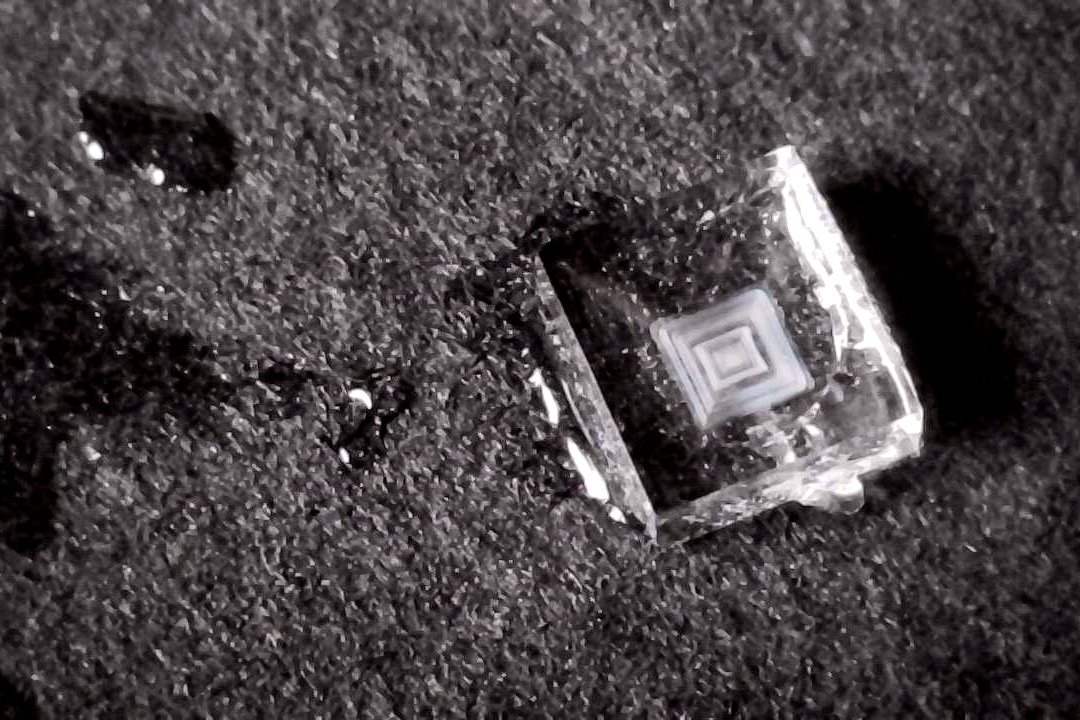SPIRITUAL MICROBIOMES
The spiritual microbiome and holobiont is a term I use to describe the hypothetical microbes that coexist within a group of people practicing the same faith, or the microbial signature of the ‘spirit’ itself. This is an ongoing project about visualizing faith and the microbial kingdoms that potentially occupy a spiritual surface. The microbiome is the community of microorganisms (fungi, algae, bacteria, and viruses) that exists in a particular environment. In humans, the term is often used to describe the microbes that live in or on a particular part of the body, such as the skin. A holobiont is a collection of closely associated species that have complex interactions, such as a plant species and the members of its microbiome.
“Notes on Blood and WAter”
“Notes on Blood and Water” is a project within the “Spiritual Microbiome Series” where I have inoculated a collection of Petri dishes containing a medium of sheep’s blood agar with holy waters from the Vatican, Onishi Shintō Shrine, and the sacred fountains of Ollantaytambo. I cured the growth at various stages in resin in order to illuminate and observe the areas the microbes consumed within. I wanted to see the microbial communities captured in sacred waters from three distinct venerated water sources I collected around the world. Do microbes function differently in sacred vs. secular waters? Is there such a thing as secular waters? Do practitioners share parts of their microbial signature with one another? Is there a sacred microbiome?
The Communion set contains natural and sentimental objects from each place the holy waters were collected to represent the ritual of the Eucharist. Below the cell-culture dishes is an origin story I speculatively translated from the bacterial growths using pareidolia about two constellations that fall in love and created the milky way.
DEAD sea crystals- entombing life?
The Dead Sea is not in fact, dead. Necrophagic salt-loving microbes scavenge the remains of microorganisms past creating a rich life of algae and bacteria beneath the surface, invisible to the human eye.
These crystals could essentially be, the mummification and entombment of microbes.
I first became interested in dead sea crystals encapsulating life in the form of microbes when I was experimenting with different elements and the corosive affects on them saturated in the dead sea water. I accidentally cut my finger and decided to add it to the experimental sample collection. I catalogue and document all my work so 5 years later tinkering around in my studio I discovered the vial containing my blood and the dead sea solution. The image to the left is a few drops of my blood captured and separated by heme, globin, and plasma in a solution of dead sea mineral water. I was fascinated to see the separation in the solution, and the crystal that formed around the white blood cells, encapsulating it. Is the crystal protecting the white blood cells, finally giving the protectors of our body an ‘eternal’ rest? Or is it a tomb built around them, mummifying the cells? I have a lot of questions! So my brain starts creating stories.
Investigative Research and Murder Board for
“Tomb for a Microbe?”
“Tomb for a Microbe?” is an investigative series about the thirst for knowledge and discovery and the inevitable consequences of curiosity pertaining specifically to reanimating ancient microbes thought to be extinct. The most popular example I can think of is from the film “Jurassic Park”. Curious scientists eager to play god extract a strand of DNA from the belly of a mosquito trapped in amber only to reintroduce dinosaurs into modern times. This marvel of human achievement soon turns sinister once the balance of life is thrown into chaos. Now pan to real life, and recently scientists have begun to experiment with a 2 billion year old microbe they found trapped inside a rock. Countless tales in film and TV have portrayed the dangers of discovery. Could this be the modern hubris that brings the end to humanity? Most of the time, the scientists motives mean well— a microbe to cure cancer? Or a renewable energy source? But why does it always feel like it ends up really being for the search for eternal life only to ironically end in a global pandemic? Perhaps I watch too many movies.. but it always seems there is a tale even older about the consequences of curiosity in human beings.
This work was included in the 2024 group show PANDORA. Pandora explores the transformative power of curiosity, drawing parallels between the myth of Pandora and the human quest for knowledge. The exhibition showcases eight artists whose works depict the evolution and phases of curiosity (innocence, discovery, caution, reflection, wisdom), emphasizing the role of myth-making in shaping our understanding of the consequences of unchecked exploration. By combining scientific themes with artistic expression, PANDORA highlights the delicate balance between discovery and responsibility, inviting viewers to reflect on the Pandora’s Box within themselves.
The exhibiting artists employ processes that capture both the emotional and intellectual dimensions of curiosity’s metamorphosis. This symbiotic relationship provokes contemplation on the delicate balance between the mythical and the scientific in shaping our worldviews. Each work contributes to a narrative landscape within the gallery, highlighting the diversity in artistic expression and interpretation and transporting the audience to a space of engagement and reflection about the complexities of human curiosity.
Symbolic geometries, storytelling, and the phenomenological, intertwined with scientific motifs, explore physical nature and psyche, illustrating the enduring power of myth to shape our understanding of the ramifications tied to exploration. By showcasing this amalgamation of art and science, Pandora: Metamorphosis of Curiosity fosters a nuanced dialogue about the role of myth in framing our approach to scientific inquiry and the responsibilities entwined with unveiling the mysteries of the Universe.
Observation and Ritual
This was the first project in the Spiritual Microbiome series. I began this project in Japan as a way to capture the microbial signature of Kami (Kami (Japanese: 神, [kaꜜmi]) the deities, divinities, spirits, phenomena or "holy powers", that are venerated in the Shinto religion.) entering and exiting the Kami Sama dwellings within the Shintō shrines of Onishi in 2016. The Petri dishes were inoculated with air from inside the Shinto shrines which spirits are believed to inhabit. I used a variety of samples and found that the colonies reflected dark and light bacterial growth. The spirits in the Shinto religion are said to be good and bad like rain during a drought versus a typhoon, and humans contain these spirits within themselves. This is the same with bacteria. We have good bacteria in our bodies but when it moves or transforms, the bacteria can cause a lot of problems. It is important to maintain a balance of light and dark so one doesn’t take over the other. Although imbalance is inevitable at some point, rituals can help maintain a healthy relationship with balance.
To read more about these projects please visit Observation and Ritual and my journal entry on holy water and blood experiments.








































